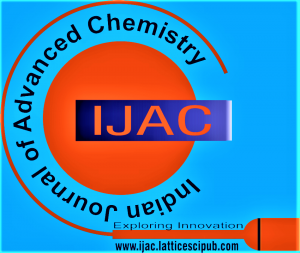![]()
Methods of Modıfıcatıon of Used Polyolephınes
Shixaliyev Kerem Seyfi
Shixaliyev Kerem Seyfi, Professor-Academician of the European Academy of Natural Sciences Professor, Department of Organic Substances and Technology of Macromolecular Compounds Azerbaijan State Oil and Industry University, Baku, Azerbaijan.
Manuscript received on 27 September 2021 | Revised Manuscript received on 03 October 2021 | Manuscript Accepted on 15 October 2021 | Manuscript published on 30 October 2021 | PP: 14-18 | Volume-1 Issue-2, October 2021 | Retrieval Number: 100.1/ijac.B2003101221 | DOI: 10.54105/ijac.B2003.101221
Open Access | Ethics and Policies | Cite | Mendeley | Indexing and Abstracting
© The Authors. Published by Lattice Science Publication (LSP). This is an open access article under the CC-BY-NC-ND license (http://creativecommons.org/licenses/by-nc-nd/4.0/)
Abstract: After aging, LDIР polyethylene was modified from local raw materials, and 80% of the original characteristics of LDIР polyethylene were restored. As a result of modification of the complex properties of LDIR by zeolite and midwife, enthusiasm is observed. It was determined that per 100 mass parts (wt.h) of LDIR leaving the operation when modified with a functional group – 15-20 wt.h., fillers – 6-8 wt.h. zeolite and 20-25 wt. including shell rock and to some extent it is possible to restore the basic properties of LDIR in certain optimal quantities.
Keywords: Low density polyethylene (LDIР), low density linear polyethylene(LDIР)Low density linear polyethylene (LDIР), recycled enamel, polymer, polyolefin (PО), polyethylene (PE), modification, raw material, tensile strength, static bending.
Scope of the Article: Polymer Chemistry
